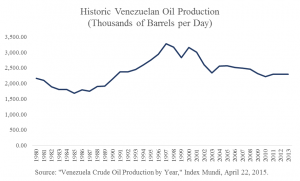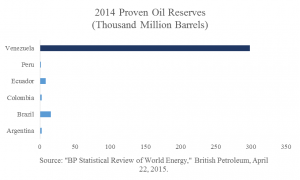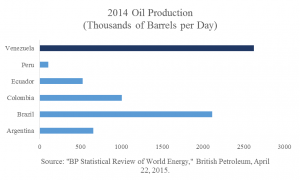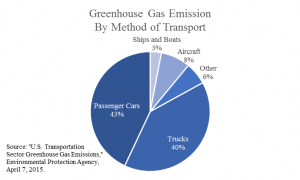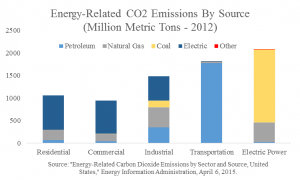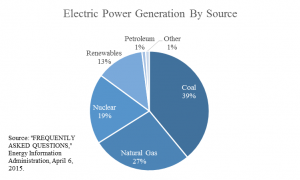Murkowski Outlines Senate Energy Plan
In the GOP weekly address, Sen. Murkowski describes the Energy Policy Modernization Act, which includes liquid natural gas (LNG) exports. Looks like it is still on the Senate calendar this week…although it may slip.
On LNG exports, the bill requires the Energy Secretary to approve or disapprove LNG export applications within 45 days, so the applications don’t linger. That’s for nations that don’t already have free trade agreements with us, since most free trade agreements already address expedited LNG exports. It also puts federal energy regulatory commission (FERC) in control of all federal LNG authorizations.
The bill authorizes a new “e-prize” competition, which is basically an x-prize for energy. I’m seeing more and more of these x-prizes in public policy.
The section on nuclear power misses the opportunity to promote molten salt reactors, a nice byproduct of a robust rare earth element policy…but it does call for more nuclear reactor fusion and fission reactor prototypes, so that might encompass molten salt even if it isn’t listed specifically.
There are a ton of repeals and program eliminations, which is a good sign of conservative legislation.
- Repeal of the methanol study.
- Repeal of the weatherization study.
- Repeal of various DOE programs.
Unfortunately, it also reauthorizes the Land and Water Conservation Fund, which is bad public policy.
